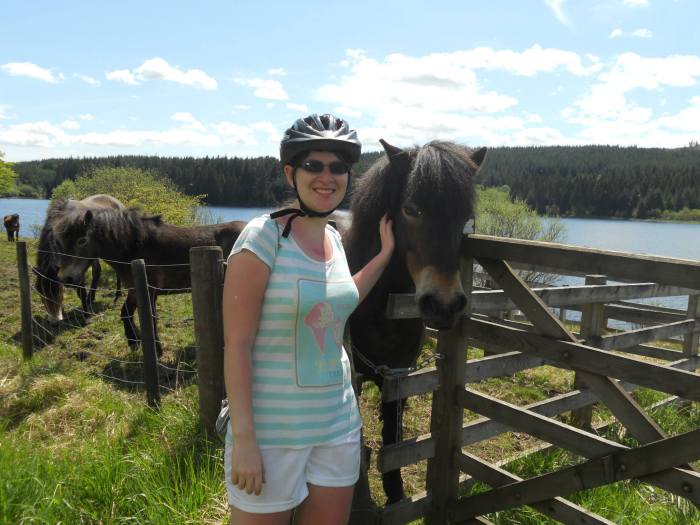Known as the gentle giants of the sea, a recently published study in the Marine Mammal Science journal by Robert Pitman and his colleagues demonstrates evidence that humpback whales may have altruistic tendencies, as there have been a number of incidents that have been recorded at various locations throughout the world where humpback whales have rescued numerous other marine species from orca attacks.

A highly notable incident was in May 2012 in Monterey Bay off of the coast of California. Here, whale researcher Alisa Schulman-Janiger noted a pod of orcas attacking a gray whale calf whilst two humpbacks nearby rushed to its aid. Eventually the calf succumbed to the orca attack; but before the orca pod could feed on it, 14 more humpbacks arrived and appeared to be actively preventing the orca from eating the calf. Despite there being a thick krill swarm nearby, the humpbacks continued to engage in tail slashing and loud vocalising behaviours whenever the orca came near for six and a half hours, the longest recorded humpback-orca interaction. It turned out that this was not an isolated incident. In 62 years, 115 interactions have been recorded between humpback whales and orcas.
Selfless or Self-Serving?
So why do humpbacks go to such lengths to interfere in orca attacks? The most accepted explanation is that it is of some benefit to them. Orcas are known to attack young humpbacks, so maybe the adults “rescue” calves to help them get through the early stages of life to a point where they are large enough to survive by themselves. This may be true, but of the instances where humpbacks interfered in orca hunts that were recorded in this study, only 11% involved other humpback whales. The other 89% involved seals, sea lions, porpoises and even ocean sunfish. Pitman (one of the co-authors of the study) first noticed this behaviour in 2009, when he recorded an orca pod cooperating to knock a Weddell seal off an Antarctic ice floe. Before they could finish the attack, a lone humpback lifted the seal onto its belly and kept it out of harm’s way.

It is also possible that they are answering the auditory calls of the orca and do not realise what species is being attacked until it has fully invested its energy in the battle. Therefore they would probably engage in this behaviour as on some occasions it would be justified if the animal needing aid was another humpback. Another line of reasoning suggests that individual humpbacks that interfere in orca hunts may have a personal history with orca. Many of those involved often bear scars from what appears to be previous orca attacks.
Or perhaps, as is suggested by some experts, humpback whales demonstrate altruism. Lori Marino, an expert in cetacean intelligence, suggests that due to their high general intelligence which makes them capable of decision-making, problem-solving and communication; humpbacks could also be capable of displaying empathy. Due to the results of the study showing a high percentage of instances where non-humpback animals have been “rescued”, this explanation cannot be ruled out.
Whether humpbacks are truly selfless remains to be seen, but it is clear that there is plenty still to learn about the ocean’s gentle giants.

